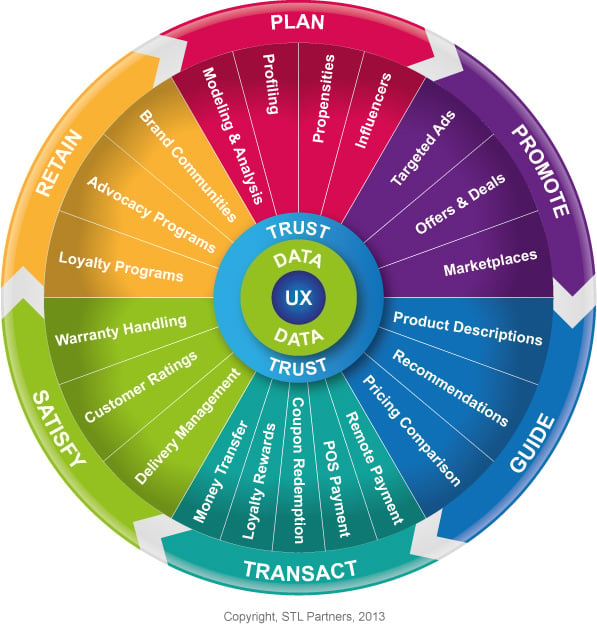
Reinventing insurance: The role of telcos
Telcos have several key assets that can help insurers to harness advanced technology and new data sources to become more proactive and create new value in an increasingly unstable and unpredictable world.


Telcos have several key assets that can help insurers to harness advanced technology and new data sources to become more proactive and create new value in an increasingly unstable and unpredictable world.
The industry is still on track to deliver 5G Standalone and various types of virtualised RAN – but progress is a lot slower than originally expected. In this update of the Telco Cloud Deployment Tracker, we look beneath the hood of the numbers to assess what if anything will accelerate growth in 2024.
At the start of 2023, we were hopeful that the year would be that of 5G SA. In the event, only seven deployments materialised in the first 6 months leaving a staggering 30 in our tracker as “in progress” and to be completed in the second half of 2023. In this report, we discuss how likely it is that these deployments will take place in 2023 or at all and if 5G SA still matters.
In this update, we present granular data on the 5G core, tracking the progress of deployments of both Non-standalone (NSA) and Standalone (SA) network cores. We recorded 49 5G core deployments so far in 2022, 24 of which are SA launches.

As 5G launches mature, we explore the 5G consumer propositions of 10 telcos to determine how operators are commercialising their 5G investments with this segment.

Mobile operators have many of the assets and capabilities required to become a major force in financial services, but they will also need to tap expertise in data analytics/machine learning.

Telefónica’s systematic and sustained push into personal data management holds valuable lessons for other telcos about building trust and credibility. The report also covers personal cloud / data plays by NTT DOCOMO and financial services company Mint.

Developing new digital services is a key growth strategy to make up for Voice revenue decline, but many telcos are struggling to implement it effectively. NTT DoCoMo has made more progress in digital services than any other operator, but is often dismissed as an example because Japan is considered “too different” to be useful for other operators. We disagree with this assumption and highlight key lessons that operators can learn from NTT DoCoMo’s digital journey.

STL Partners’ industry transformation analysis, including a recent global survey of telco executives, suggests operators’ digital ambitions are rising fast but, given 9 substantial implementation challenges, too little is currently being done to engender successful industry-wide business model transformation. We also look at the lessons from NTT DoCoMo, one of the operators that has made the most overall progress towards a ‘digital’ model.

This report will help digital commerce players assess some tough technology and strategy choices in the on-going mobile marketing and commerce battle. E.g. Will bricks and mortar merchants embrace NFC or Bluetooth Low Energy (BLE) or cloud-based solutions? If NFC does take off, will SIM cards or trusted execution environments be used to secure services? Should digital commerce brokers use SMS, in-app notifications or IP-based messaging services to interact with consumers? What are the big players backing, and what will be the key indicators that a specific technology is likely to win?

Telcos, Internet and technology players, banks and payment networks have disruptive $billion opportunities to act as intermediaries / enablers in mobile commerce and personal cloud services, based on the appropriate use of customer data. This report is a unique and comprehensive strategic guide for success in these roles. It analyses the strategies of the main and cutting-edge players, and outlines key success factors in designing and delivering customer propositions, technology, organisation and value network strategies. It also includes evaluations of the related strategic opportunities of ‘raw big data’, professional data services, and internal data use, and a business model showing how one type of candidate for the intermediary role, a telco, could grow profitable new revenues equivalent to c.$50Bn (5% of existing core revenues) within five years. (October 2013, Dealing with Dsiruption Stream). Telco 2.0 Transformation Index Small